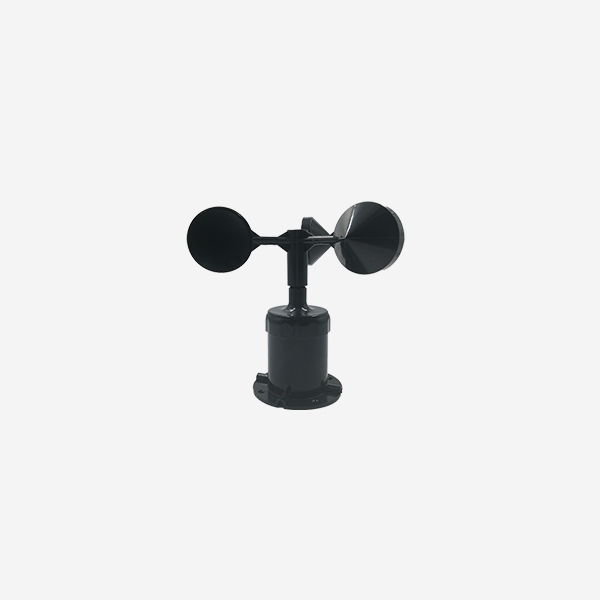A wind direction instrument is a valuable device that plays a vital role in weather monitoring and forecasting. By accurately measuring the direction of wind flow, this instrument provides valuable data that enhances our understanding of weather patterns, assists in predicting changes, and supports various industries and activities that depend on accurate wind information.

The function of a wind direction instrument
The primary function of a wind direction instrument is to determine the compass direction from which the wind is blowing. It typically consists of a wind vane, which rotates freely and aligns itself with the wind direction. As the wind changes, the wind vane responds accordingly, allowing meteorologists, researchers, and weather enthusiasts to continuously monitor and record wind patterns.
One of the key benefits of a wind direction instrument is its contribution to weather forecasting. Wind direction plays a crucial role in understanding weather systems, determining the movement of air masses, and predicting weather conditions. By collecting real-time wind data from multiple locations, meteorologists can analyze wind patterns to identify approaching weather fronts, predict storm development, or forecast shifts in weather conditions. This information is invaluable for issuing timely warnings, planning outdoor activities, and supporting industries such as aviation, agriculture, and maritime operations.

Furthermore, a wind direction instrument aids in climate research and analysis. Long-term data collection on wind patterns helps scientists understand climate variability, assess prevailing wind directions, and identify long-term trends. By studying wind patterns over extended periods, researchers can gain insights into climate change processes, evaluate the impact on local ecosystems, and make informed decisions regarding environmental management and adaptation strategies.
In addition to its application in weather forecasting and climate research, wind direction instruments supports various industries and activities that rely on accurate wind information. For example, wind energy companies use wind direction data to optimize the placement and alignment of wind turbines, maximizing power generation efficiency. By analyzing long-term wind patterns, developers can identify locations with consistent and favorable wind conditions for wind farm installations.
Moreover, the information provided by a wind direction instrument is essential for outdoor activities such as sailing, kite flying, or paragliding. By knowing the wind direction in real-time, enthusiasts can plan their activities accordingly, ensuring safety and optimal performance. Sailors, for instance, rely on wind direction data to navigate effectively, adjust sail positions, and maximize speed during races or leisurely voyages.
Additionally, the integration of wind direction instruments into weather stations or automated weather monitoring systems enhances data collection and analysis capabilities. By combining wind direction measurements with other meteorological parameters like wind speed, temperature, and humidity, a comprehensive picture of weather conditions can be obtained. This integrated approach improves weather modeling, enhances accuracy in weather forecasts, and supports decision-making processes in various sectors, including agriculture, transportation, and emergency management.
In conclusion, a wind direction instrument is a valuable tool that enhances weather monitoring, forecasting, and various industries and activities dependent on accurate wind information. By providing real-time data on wind direction, this instrument supports weather forecasting, climate research, and decision-making processes. As we strive for better understanding and preparation for weather events, the continued development and wider use of wind direction instruments are crucial for mitigating risks, supporting industries, and promoting safety and efficiency in various sectors.
